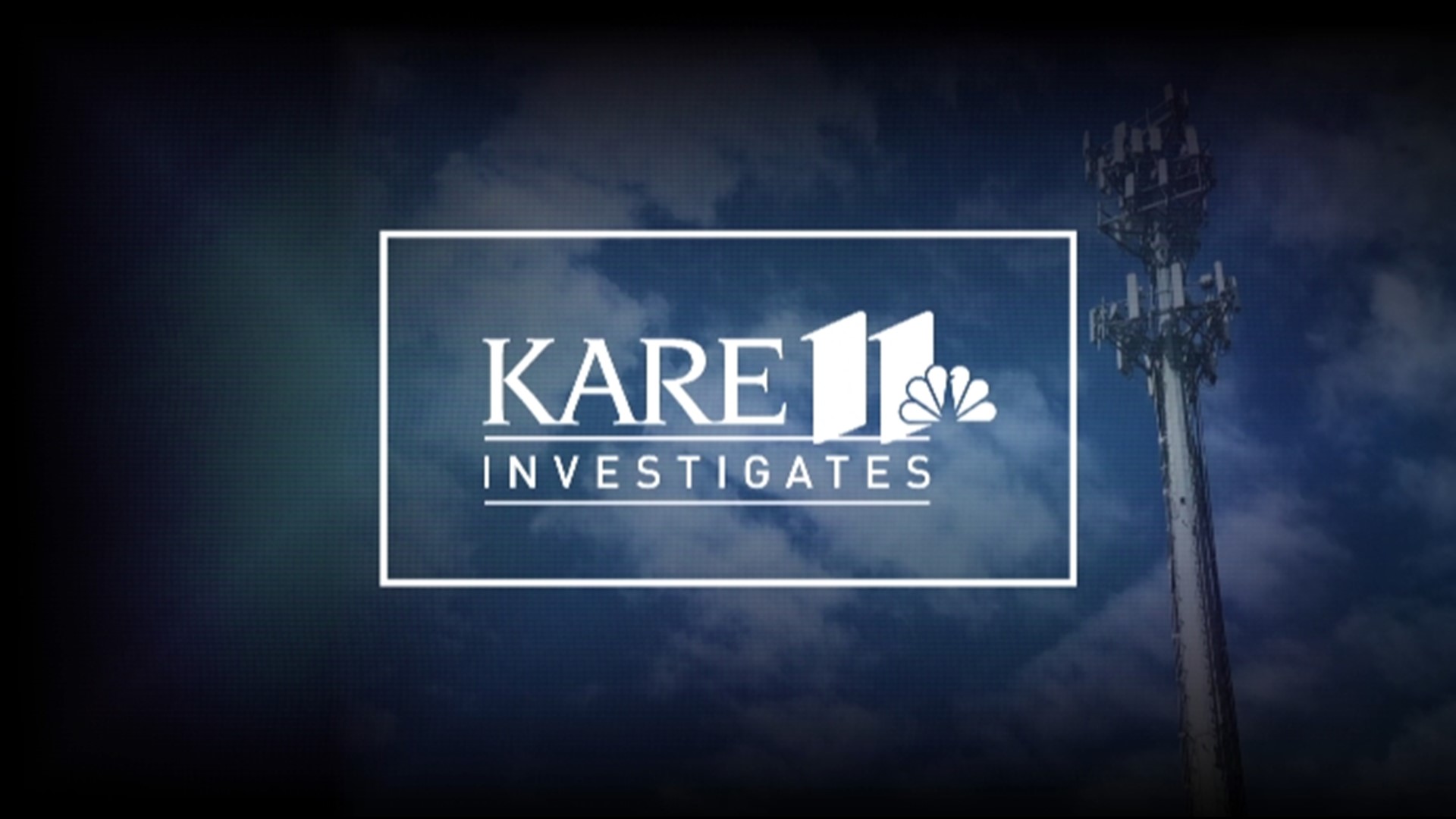MINNESOTA, USA — One of the nation’s leading wireless carriers has announced it is implementing new technology to help fix a fatal flaw in America's 911 emergency system – a problem a KARE 11 investigation first exposed seven years ago.
The problem? When you call from a cellphone, 911 doesn’t automatically know where you are.
Even though common apps on today’s smart phones can pinpoint your location, too often 911 instead gets the location of the cell tower transmitting your call. Since cell towers can cover a 10-mile radius, authorities don’t always know where to send help.
In fact, because towers can cover several jurisdictions some calls are even sent to a 911 call center in the wrong city or county, delaying life-saving emergency response.
AT&T announced it has implemented “Location-Based Routing,” which uses GPS information from smart phones to help send calls to the correct 911 center and provide locations within about 160 feet of the caller.
Deadly delays revealed
In 2015, in a joint investigation with our sister station WXIA and USA Today, KARE 11 documented deadly delays when people used cellphones to call 911, including the case of a young woman in Georgia.

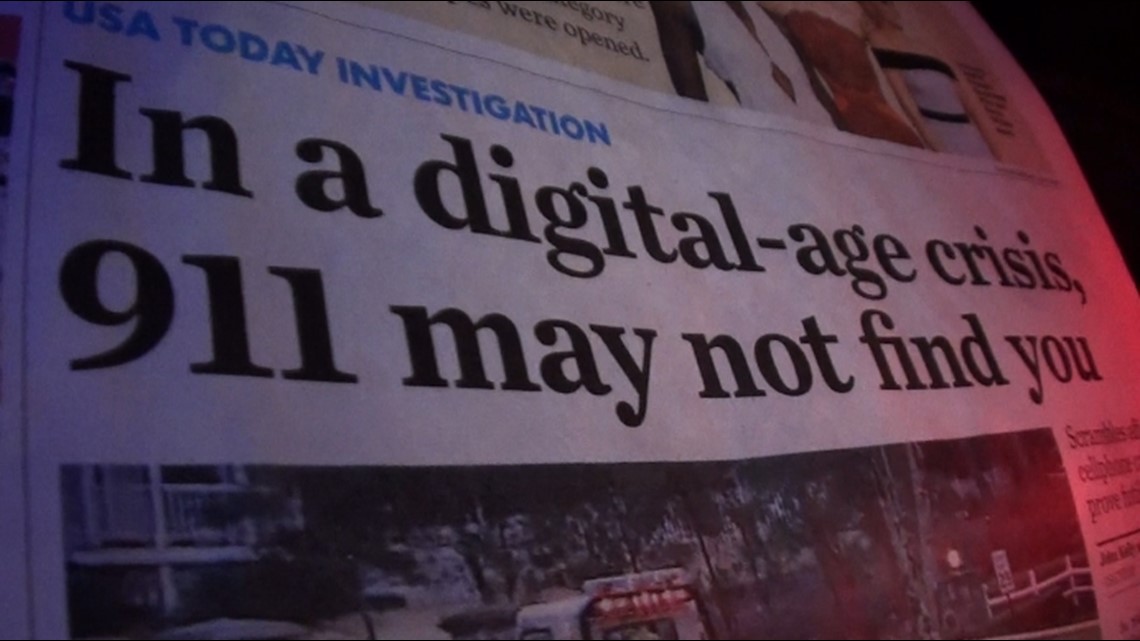
When Shanell Anderson’s car slid off the road into a pond, she called 911. She even told dispatchers her location – the cross streets of the pond where she was slowly sinking.
But 911 didn’t recognize the streets because the call had been routed to the wrong call center in a neighboring county, and the 911 system couldn’t pinpoint her phone’s location.
"Ma’am, I'm losing air very quickly," Anderson told 911.
"Give me the address one more time. It's not working," the dispatcher replied.
It took 20 minutes for rescuers to get to the scene, too late to save Anderson.
Can you check for mail?
In 2016, KARE 11 revealed how Prince's death once again illustrated the fatal flaw.
The man who discovered Prince unresponsive – and called 911 for help – was from out of town. He knew he was at Prince’s house but didn’t know the exact street address.
Although a faster emergency response may not have saved Prince’s life, a transcript of the 911 call obtained by KARE 11 clearly illustrates the problem.
“We're at Prince's house," the caller says.
"Okay, does anybody know the address?" the 911 dispatcher asks.

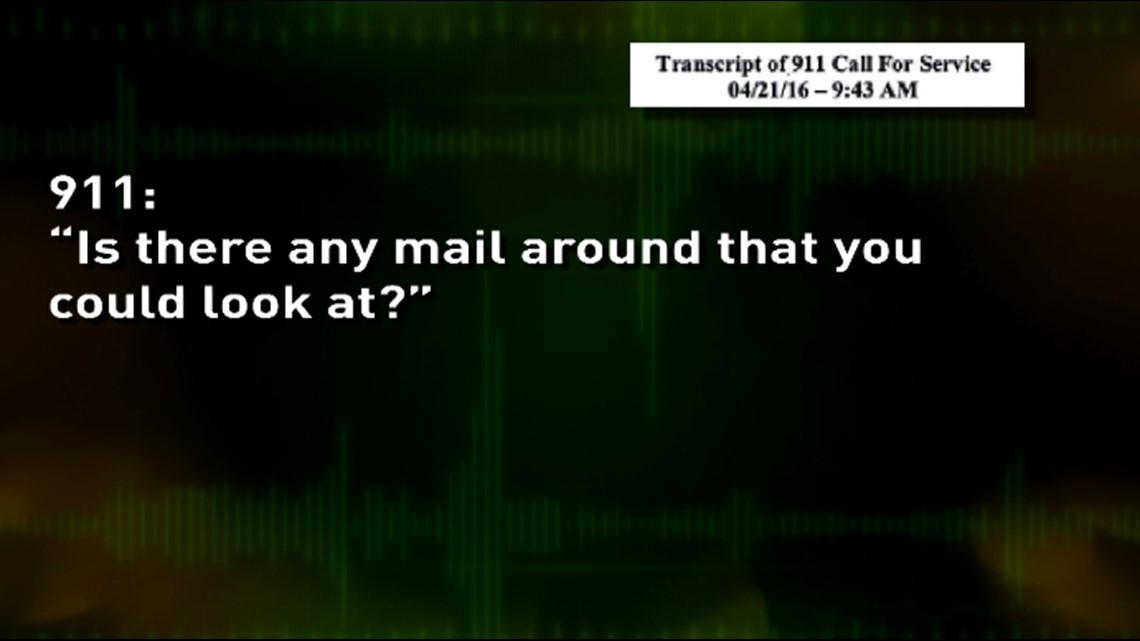
The dispatcher even explains the problem.
"Okay, your cellphone's not going to tell me where you're at, so I need you to find me an address," the 911 operator says.
In a desperate attempt to locate the address, 911 even asks: "Is there any mail around that you could look at?"
Available solution?
Within days of Prince’s death, KARE 11 reported that a solution to the 911 location problem was available.
"It is a huge problem and it's everywhere in this country," Fred White told us. "911 is not utilizing any of the smarts of their smart phone.”
White said his company LaaSer had developed a software fix that, if adopted by the nation’s major wireless carriers, could speed emergency responses by providing more accurate location information.

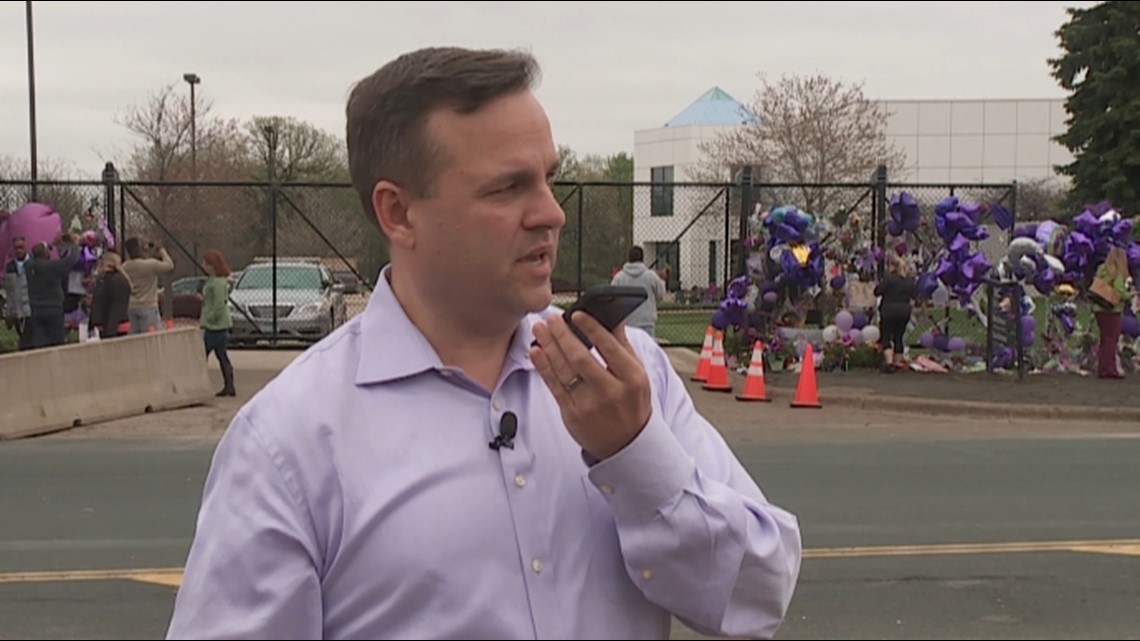
Six years ago, standing outside Paisley Park amid the memorials to Prince, White showed us how his new technology could help fix the fatal flaw. In cooperation with local 911 officials, we watched as he made a test call from a regular cell phone.
"Can you please tell me the address that popped up on your screen?” he asked.
“Phase One is 6431 Hazeltine Blvd,” 911 replied.
That's not where we were. It's the location of the cell tower, two miles away.
Then, KARE watched what happened when White made a second call to 911. This time he activated his company's location software.
Same spot. Same phone.

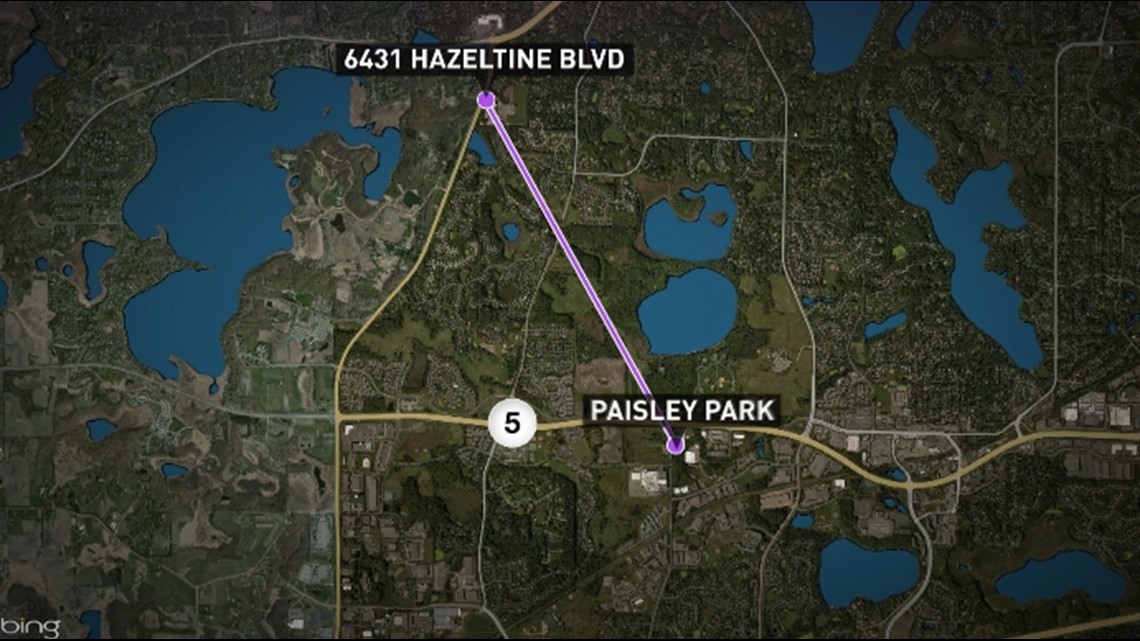
“Can you please tell me the address that just popped up on your screen?” White asked.
“Yes sir, I'm showing Paisley Park. 7801 Audubon Road,” 911 replied.
The new software gave 911 the correct address within seconds.
New technology finally adopted
Six years after KARE 11 demonstrated that better location technology was available, a major wireless carrier is finally taking action.
In a news release, AT&T said it will try to identify a cellphone’s GPS location for calls to 911, rather than just the cell tower.
AT&T released this statement: “A new ‘Locate Before Route’ feature … uses GPS instead of cell towers to give a more precise location for people who call 9-1-1 from a mobile device. The technology helps narrow down the location of a wireless caller from several miles (based on cell towers) to within about 55 yards. With a better location, public safety can respond faster.”

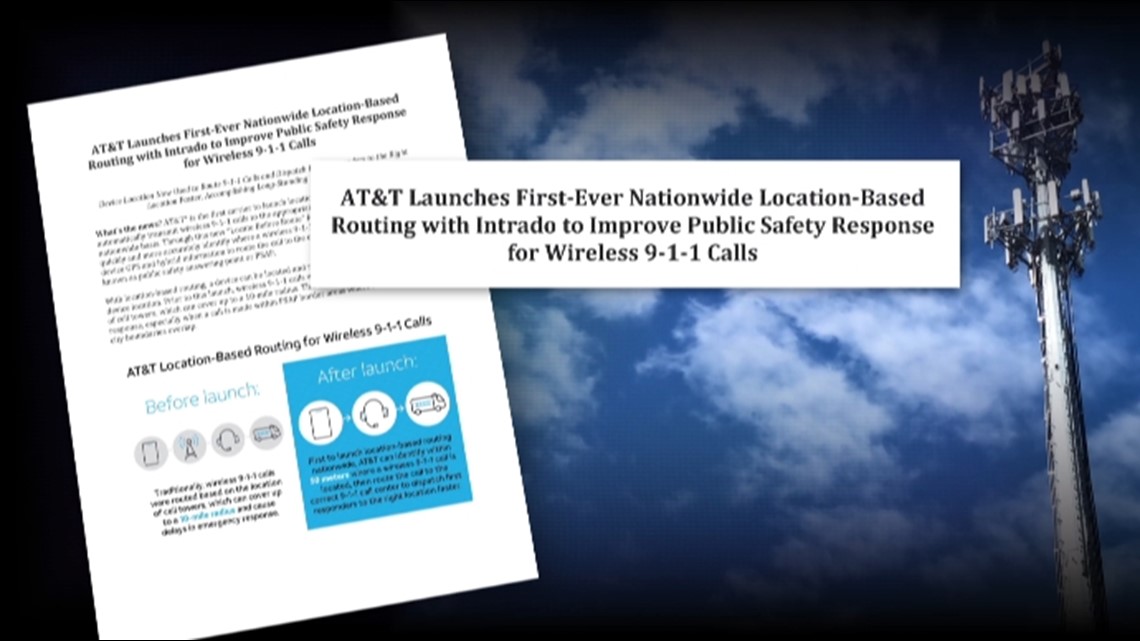
T-Mobile told KARE 11 it has been installing similar software in its wireless system. “In an emergency, every second counts,” T-Mobile said in a recent news release. “That’s why T-Mobile is launching new 911 capabilities – Location-Based Routing and Next Generation 911 connectivity over IP – two critical advancements that can speed up emergency response times by helping pinpoint the location of callers, reducing the need for call transfers, and enabling a more efficient and effective 911 communication system.”
Verizon lagging behind?
Local 911 officials in Minnesota tell KARE 11 that Verizon has not informed them that it has adopted the new 911 location technology.
When KARE 11 first contacted Verizon about the issue, a spokesperson wrote that the company has a “long history of accuracy” in routing 911 calls and that the company remains “in compliance with the FCC’s long-standing guidelines around 911 call routing.”
The FCC, however, does not yet require Location-Based Routing.
After KARE 11 requested clarification, a Verizon spokesperson acknowledged that the company “has not implemented the proprietary handset-based routing approaches used by competitors due to concerns for reliability and the absence of technical standards.”
On June 8th, the FCC formally requested updated information about “the frequency of 911 call misroutes” and is actively considering whether it should require all wireless carriers to adopt improved location technology.
Watch more KARE 11 Investigates:
Watch all of the latest stories from our award-winning investigative team in our special YouTube playlist:

